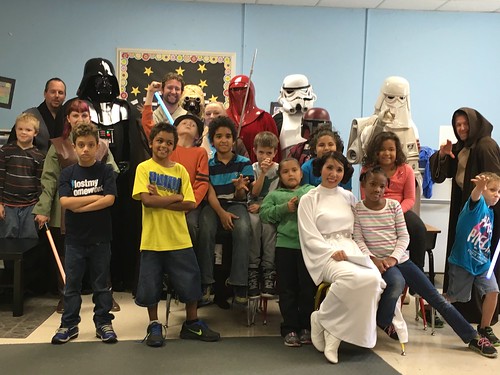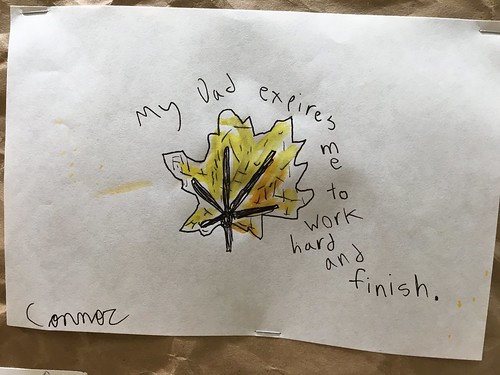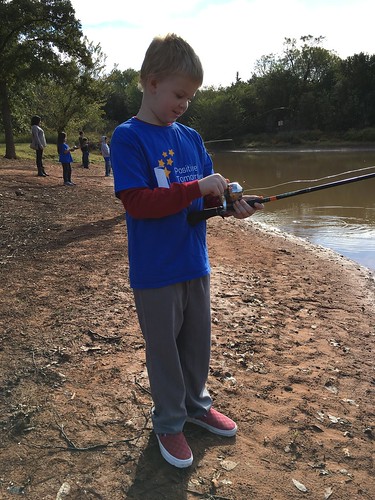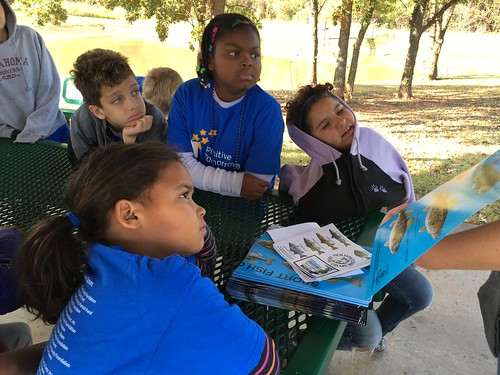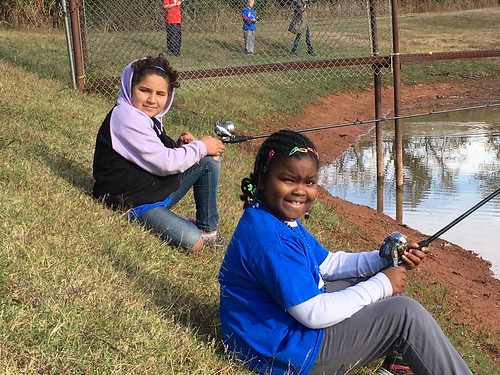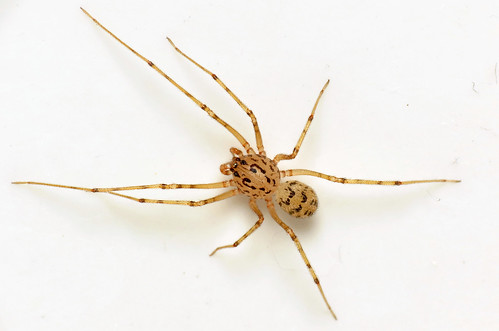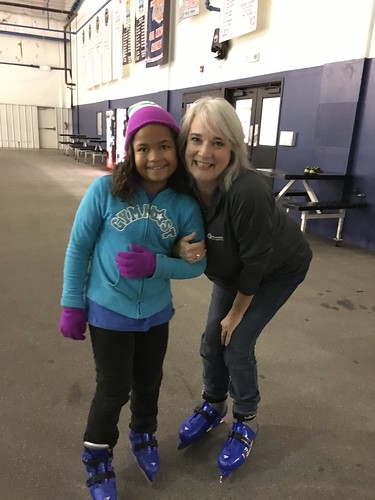Recently a friend from church recommended I read the book “The Boy Who Carried Bricks” by Stillwater, Oklahoma native Alton Carter. (@Alton__Carter) The story tells about his childhood experiences growing up in poverty and facing many challenges. His world was full of violence, hunger and neglect. At an early age, he decided he wanted a normal life: A dad who played with his kids and a refrigerator full of food. At age 11 he left his home and entered the foster care system of Oklahoma. There he faced even more challenges and hardships. Thanks to the involvement of special coaches and teachers, and eventually some foster parents who encouraged him to get involved in sports and graduate from high school, Alton’s story has a happy ending. He became a talented athlete and went on to college. He is now a youth pastor serving the community of Stillwater, Oklahoma. Although there were so many difficulties in his life, Alton’s story is ultimately one of perseverance and hope. Last week on February 11, 2016, Alton visited our classroom and spent time with our students sharing his story. (And also playing with the kids at recess!) In this post I’ll share a few reflections about the impact of his book and his classroom visit on me and (I hope) on my students.
Every week I gain some glimpses into the challenging home lives of my students, from the bits and pieces they share in class, but it is impossible to truly know and understand everything they feel and experience. Alton wrote his book from the perspective of a child growing up in a culture of poverty, violence and addictions. The devastating impact of these influences on his life are vividly portrayed in his book. Alton’s story allowed me to better see and understand the powerful impact which teachers, coaches and administrators can have on the lives of students. Many of these were positive influences for Alton, but not all of them.
The experience of reading Alton’s book and having him visit with my students in our classroom further highlights the importance of relationships in schools and education. It demonstrates how important trusting relationships are, because students are often constrained by circumstances and family loyalty from completely disclosing the realities of their everyday lives. It is SO important to learn to listen, observe, and be sensitive to the emotional pulses of our students.
Alton’s book gave me hope that even children who come from dire circumstances can succeed and find “a way out” to a better life. The importance and value of hope should never be underestimated.
Alton’s compassion to reach out and positively impact the lives of others is immediately apparent when you meet him and see him interacting with people. He honestly shares his experiences and enables children listening to him to realize they are not alone in their suffering. At one point in our conversation last week, Alton told my students he is the first Carter male in his family to graduate from high school. His oldest son is now ready to become the second. Alton is breaking the chains of poverty which threatened to suffocate and overcome him. His message of hope and success is extremely inspiring, and needed for my students who are often surrounded by despair and negative influences when they leave the walls of our school.
Alton’s mission in reaching out to help break cycles of poverty, incarcertation, neglect, and child abuse, is very closely aligned with the mission of my school, Positive Tomorrows. Through his foundation, Alton is seeking to help children who have been in the foster care system to attend college and be successful there. If Alton’s mother had had a school like Positive Tomorrows which provides EARLY intervention, food, counseling support, transportation, and family assistance, his story might have taken a different path. By helping serve homeless children and their families, our school seeks to break the cycle of poverty. As a teacher at Positive Tomorrows, I feel like I am “on the same team” as Alton, seeking to better the lives of young people caught in trying circumstances beyond their control.
If you are reading this post, I encourage you to take several steps to learn more about Alton’s story and support his continuing outreach work to children and families around our nation.
First, consider purchasing a copy of his book, “The Boy Who Carried Bricks,” and writing a reflection about it on your own blog or website. Follow him and tweet your reflection to him on Twitter @Alton__Carter. Consider giving a copy of his book to another teacher you know, who may be touched and inspired as well.
Second, please check out and consider supporting Alton Carter’s foundation, “Inspire Foundation.” The byline of the foundation is:
Dream Big. Overcome Boundaries. Change the World.
Third, consider inviting Alton to your school or other organization to share his story and his inspiring message of hope.
Thank you, Alton Carter, for having the courage to share your story.

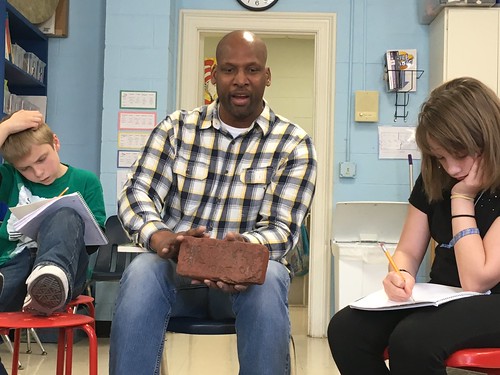
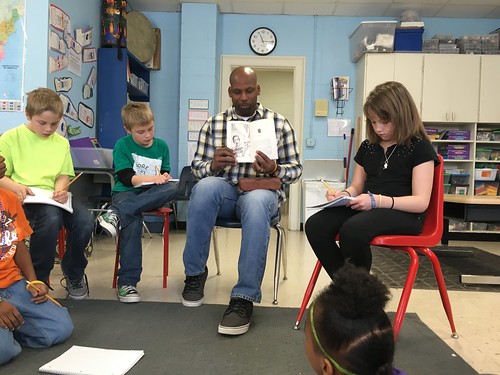
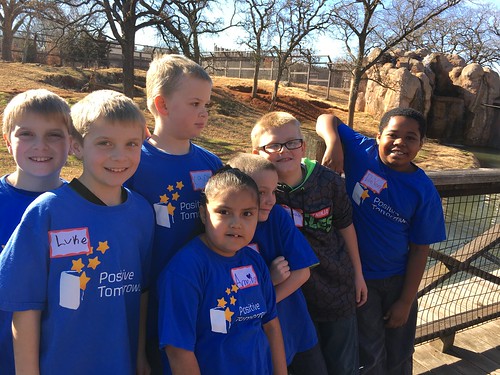
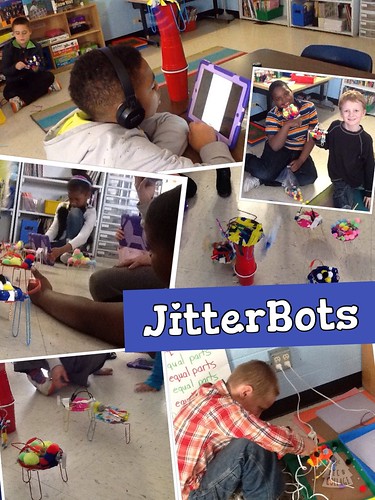
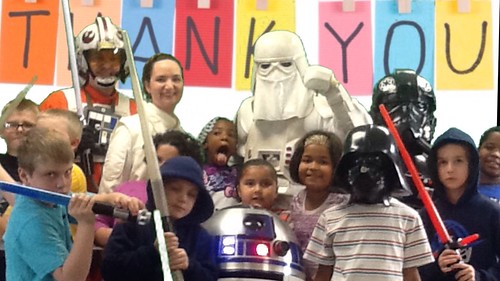
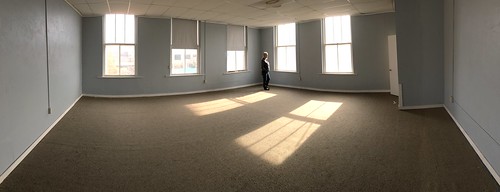
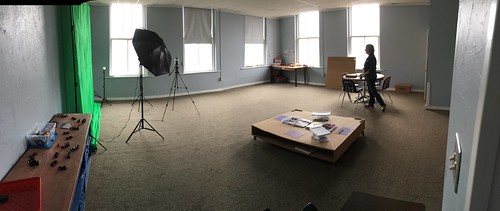
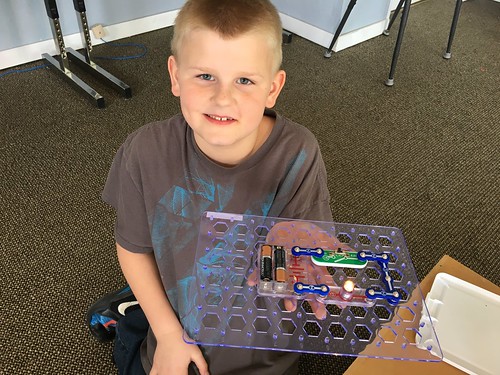
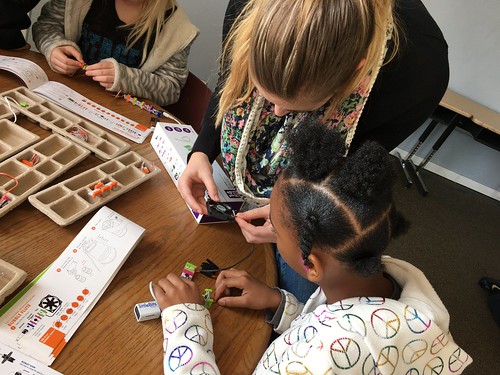
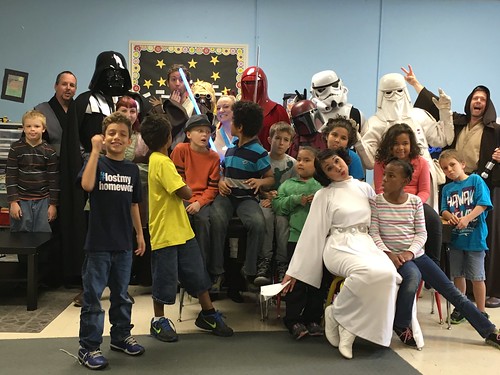
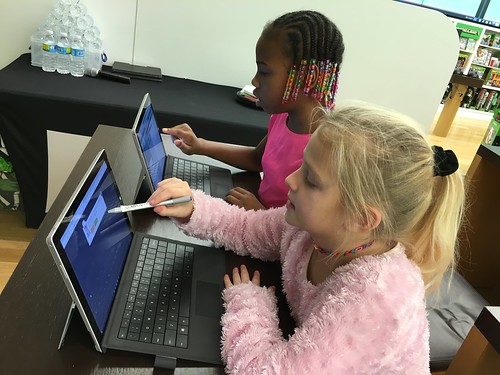
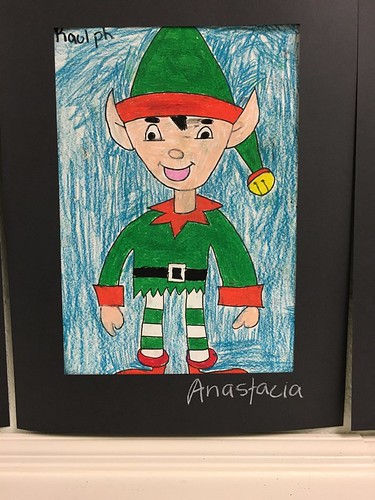
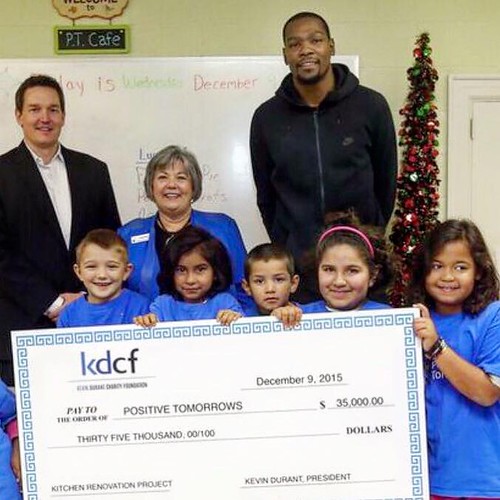
 Open/Subscribe in your podcast app
Open/Subscribe in your podcast app

